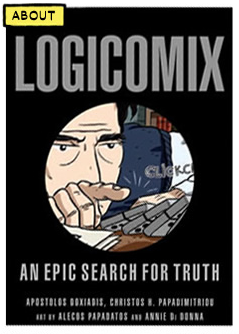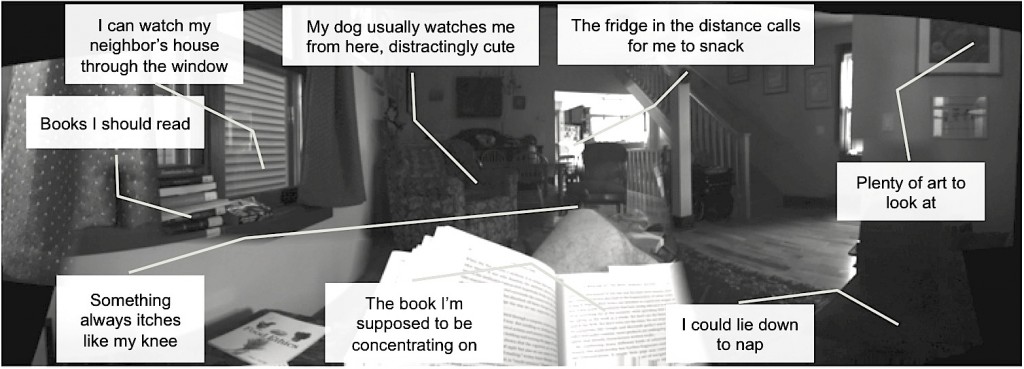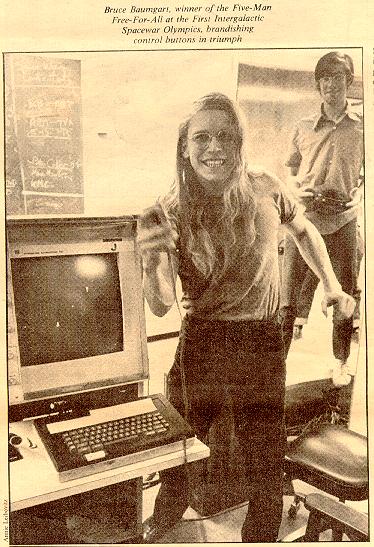In an earlier blog post I mentioned distraction and Nicholas Carr’s book, The Shallows. Here is a more complete reaction now that I’ve finished the book.
Carr argues that the web is an interruption technology that is changing the way we think. The multiple media, the hypertext links, and the constant flow of information distract us. He surveys research on reading and how the brain handles multimedia. He argues that the web is changing our brains. Sustained “deep” reading is what we aren’t doing.
His argument looks for a balance of rapid surfing (flitting) and slow contemplation, reading, and thinking. His argument is partly cognitive – around the way our memory formation works. He argues that our memory is organic and not at all like a computer. To form the long term memories that shape our mind we need to go slow, to reinforce and to think about things. The hyperdistraction of the web overloads short term memory and inhibits the development of long term memories. These long term memories are not information stored (that is the computer analogy) but our mind. The long term shaping shapes processing not just storage. A good example (which he doesn’t use) is language. As you learn a language you learn to think in that language, not just to store vocabulary and grammatical rules.
Carr also attacks the technoliterati, especially Page and Brin of Google. He attacks them for arguing that the web (and Google) are offloading memory to free up space in our brains. This, he argues, is just wrong from a cognitive perspective. We don’t have a limit to storage because memory is not storage. To offload it is not to think it and not to let it shape you.
I’m not sure he is right that books are that much better, though he quotes some studies (about how hypertext, the foundation of the web, doesn’t help much.) It is probably quiet reading that is more conducive to thinking than books. I also wonder if some computer games are an example of sustained thinking toys.
There is in the last chapter “A Think Like Me” an interesting philosophical discussion about how we shape and are shaped by technologies. He quotes McLuhan to the effect that extensions numb us. If you extend your arm with a tool, then you don’t feel with your hands. If you extend your mind with a tool like the web then you numb your mind.
At times Carr is realistic that we want a balance. We like to be numbed from some things like the cold. We use houses even if they isolate us. The trick is probably to be able to choose the level of engagement and to choose how you want to think. I don’t want to think about the outside weather so I have a thermostat and automatic heating. I do want to think about other things.





